Why this peak is a good pandemic choice

- Share via
By Mary Forgione
Design and illustrations by Micah Fluellen
Sign up here to get The Wild sent weekly to your inbox.
Welcome to The Wild. Winter is an ideal time to explore the close-to-home front range of the Angeles National Forest. Josephine Peak would be a good place to start. It’s not particularly high, at 5,558 feet, but it offers spectacular views of Los Angeles, which can look like the Emerald City of Oz rising in the distance. Turning north toward the forest, you’ll see a vast quilt of canyons and high points in the San Gabriels, most prominent Strawberry Peak.
One of the oddest items on top: Open-air green shelves where hikers have left mementos such as a Yosemite cap, sunscreen, notes, rocks and even a dollar or two. It’s a remnant of a fire lookout that stood from 1937 until it burned down in the Big Tujunga Canyon fire in 1975. I always wondered who Josephine was. The local Sierra Club’s Hundred Peaks Section says a U.S. Geological Survey surveyor named the peak after his wife, Josephine Lippencott. No word on whether she was a hiker.
There are different ways to get to this peak. The Colby Canyon route is the most scenic, starting along a creek with high stone walls and big-leaf maples turning bright yellow this time of year. The trail is narrow (hikers wearing masks politely let each other pass when I was there recently) and leads to a saddle and a spur trail lined with pines and Douglas fir. Here’s the route. Those who prefer wide fire roads for easier social distancing should park at Clear Creek Information Center (which is closed; here’s a trail description) and start up the well-marked trail that’s less scenic but an equally good workout.
The hike is 4 miles each way, with 1,900 to 2,100 feet of gain, depending which route you choose. Both trailheads are within 10 miles of La Cañada Flintridge on the Angeles Crest Highway (California 2). Enjoy!
3 things to do this week
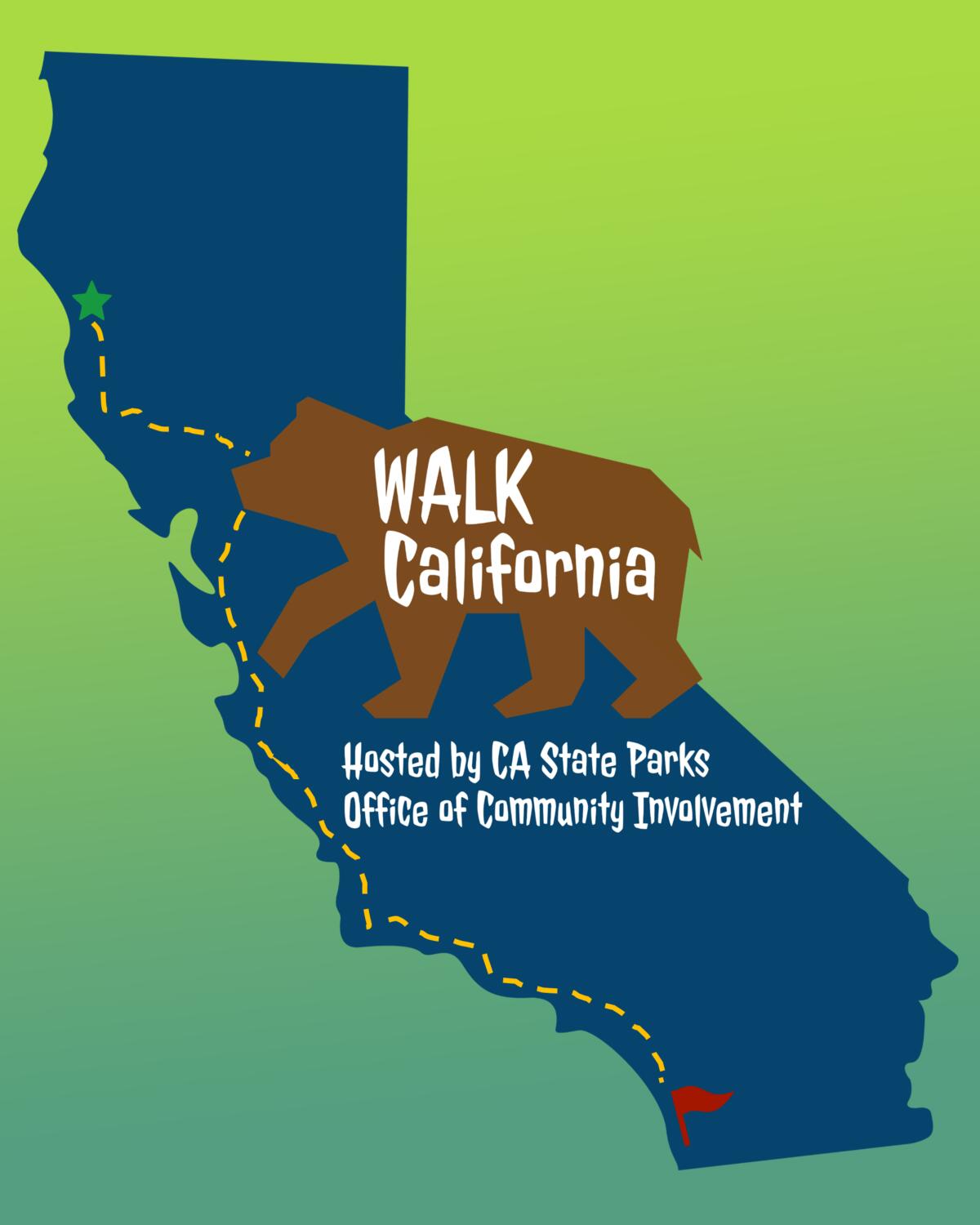
1. Walk the length of California, from north to south. Here’s a way to never walk alone during the pandemic, without breaking the rules. Sign up to add your daily steps to Walk California, a virtual 957-mile walk that continues through the end of the year. Together, Californians (and anyone, really) can rack up a collective 2,245,986 steps in a show of unity and good health. It’s simple: Register at the website World Walking, choose the group Walk California and start logging steps. As of Monday, walkers had covered the miles from Eureka to San Jose in 1,128,115 steps — roughly half the distance. C’mon, make those steps count. It’s a good way to keep yourself motivated and be part of a group — without being together in person.

2. Find the floating Christmas trees in Long Beach. It all started in 1949 with a guy named Don May who floated a Christmas tree on Alamitos Bay. Now there are many more. Sixty 16-foot wooden trees light up and spin on the water from Alamitos Bay to Rainbow Harbor to Spinnaker Bay and El Dorado Park. See how many you can find by mapping a route and exploring the neighborhoods. (Remember to wear a mask and stay at least six feet from others.) If you fall in love with them, you can buy a mini-floating tree ornament to hang on your Christmas tree ($25) or a cool lighted centerpiece for your holiday table ($125). Learn more at Trees on the Bay’s website.

3. Stay home and go everywhere with webcams. You’re sticking close to home on your walks/runs/hikes/bike rides to comply with the state’s stricter COVID-19 rules, but you miss your favorite places. Take a stroll on the Huntington Beach Pier, the boardwalk in Hermosa Beach or beaches in Santa Monica during your workday. Although we are asked not to travel, you can still watch for eagles on the west end of Catalina Island and elephant seals fighting for turf and mates up the coast at Point Piedras Blancas. And nothing could be more soothing than the Monterey Bay Aquarium’s live sea nettle jellyfish webcam set to music. Make a playlist of webcams and drop in whenever you feel stir-crazy.
Cool stuff
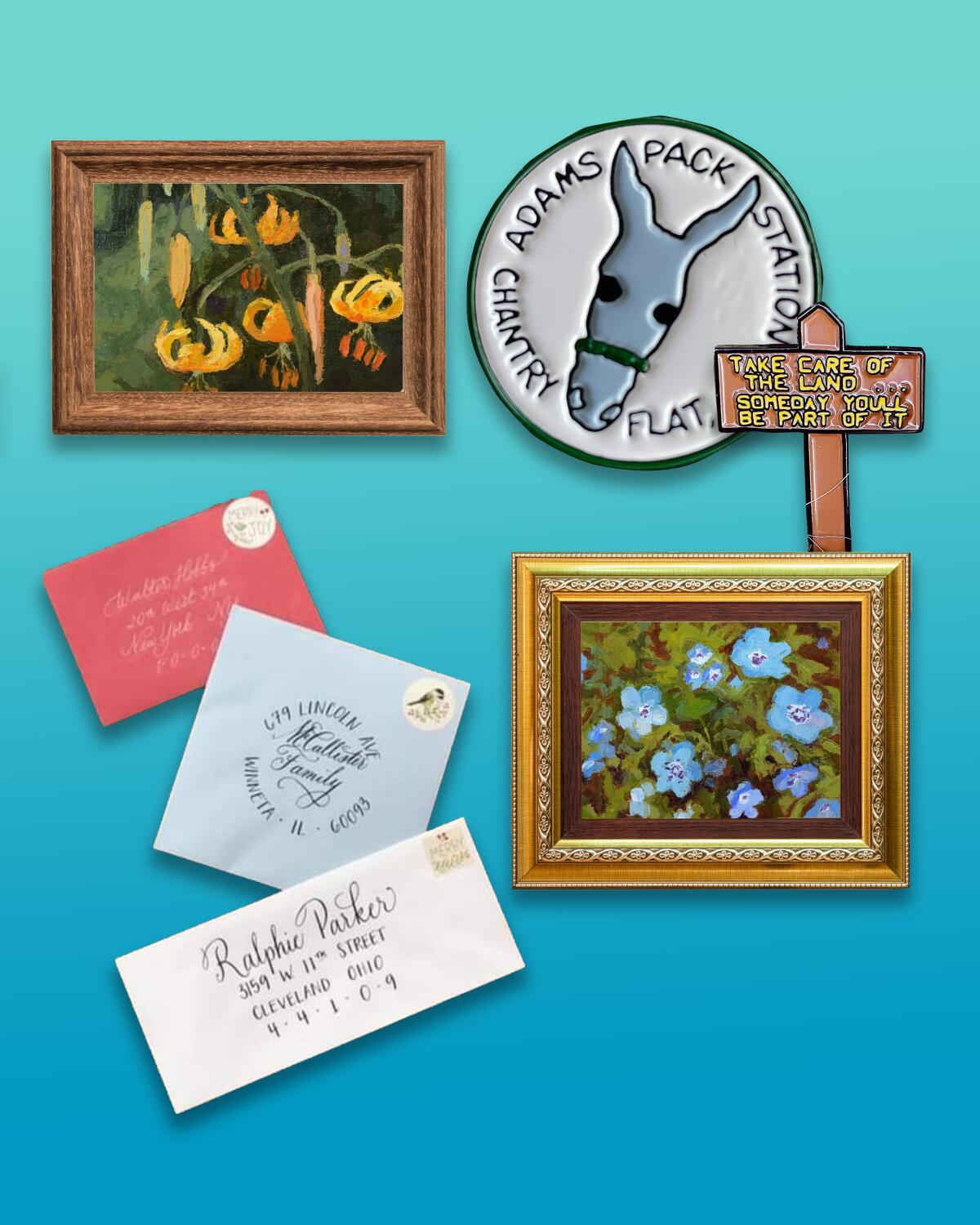
Hikers who hit the trails in the forest above Sierra Madre and Arcadia will recognize Adams Pack Station at Chantry Flat as a place to grab a soda or granola bar. It’s a relic from another era, the last of its kind in L.A. County. Since 1936 the station’s mules have ferried goods along the dusty footpaths in Big Santa Anita Canyon, bringing supplies to cabin dwellers who live along the creek, Forest Service projects and Sturtevant Camp where visitors can stay overnight. The Bobcat fire in August shut the area — and the pack station — to recreation indefinitely.
Now some cabin owners have created distinctive handmade items to sell, with proceeds going to help support the pack station. I like the enamel pins that take me back to the trail. One features an old pack station patch; another has the canyon’s signature wooden sign that says, “Take care of the land ... someday you’ll be part of it.” The pins are $12 each at Anchorless Pin Works.
Other items: Artist Amy Nettleton of South Pasadena has created a series of eight cards based on oil paintings she made of wildflowers in the canyon ($20 at her Etsy site); and you can have your holiday cards or other correspondence addressed with a beautiful calligraphy flair for $2 per envelope (email gina@smittenonpaper.com). “Our cabin owners are some of the most stand-up folks I have ever met,” owner Maggie Moran writes on the station’s Facebook page. “They have continued to support each other and the pack station following the Bobcat fire.” You can make a direct donation here to keep the historic station going.
A social moment
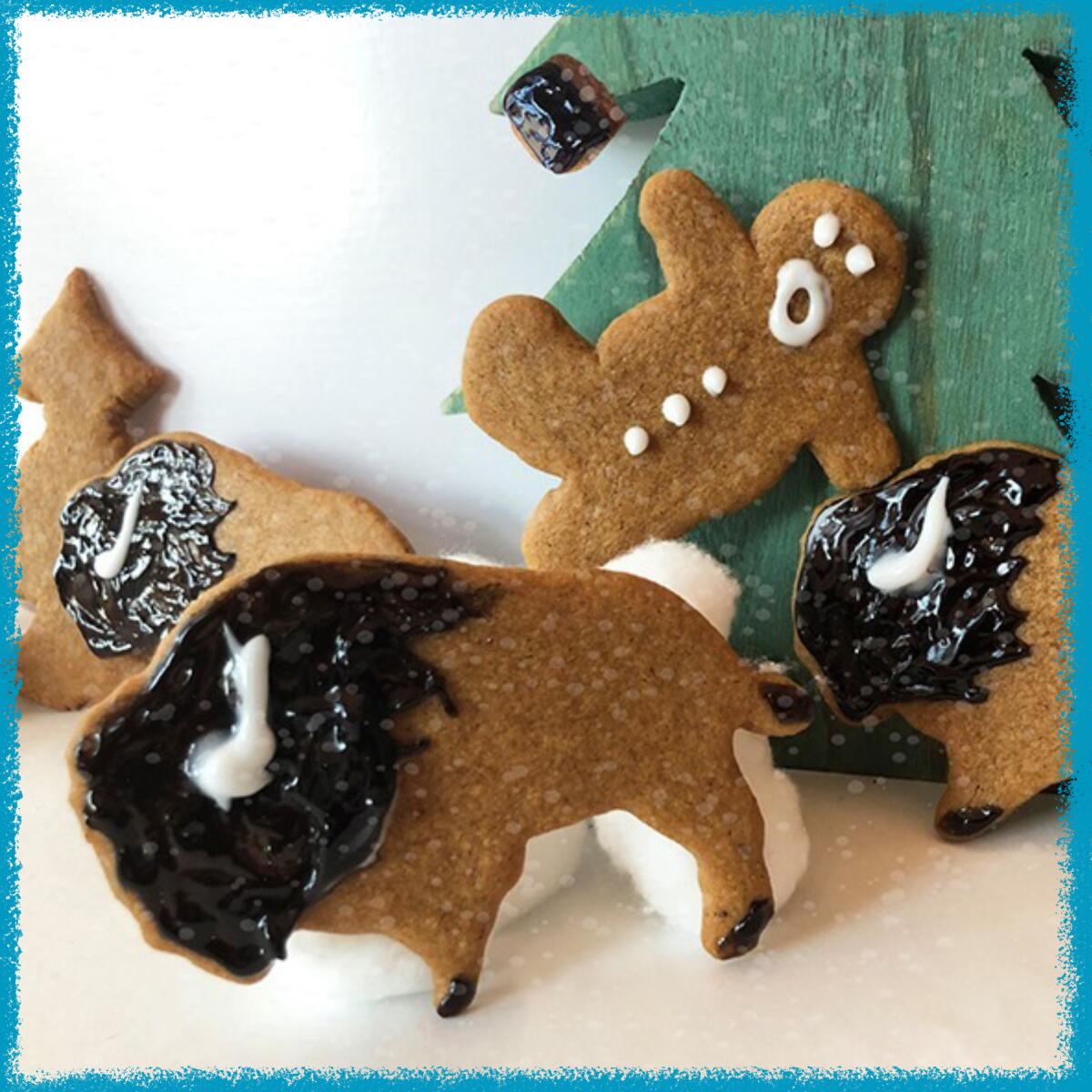
This National Park Service post on Instagram about why you should keep your distance from wildlife is serious — and seriously adorable. It’s all done in gingerbread. “We like selfies,” the post starts. “We also like it when your trip to a national park is fun, safe, and that you don’t chip, crumble, or get eaten. But when capturing the perfect shot or selfie, be a smart cookie.” After offering tips on how far to stay from wildlife in national parks, it ends with: “P.S. Many cookies were harmed in the making of this post. Like bad. So many crumbs.”
OK, now for the not-so-cute part. In Yellowstone National Park in June, a California woman was gored many times after coming within 10 feet of a bison to snap its photo. A month earlier a woman in the Old Faithful area of the same park was knocked over and injured by a bison for the same reason.
People, we can do better. Stay at least 25 yards, or 75 feet, away from bison as well as bighorn sheep, coyotes and elk. That’s about a quarter of the length of a football field. And don’t forget to stay at least six feet from other people during these pandemic times. Here are more social distancing rules for animals you may see in the wild.
The red flag
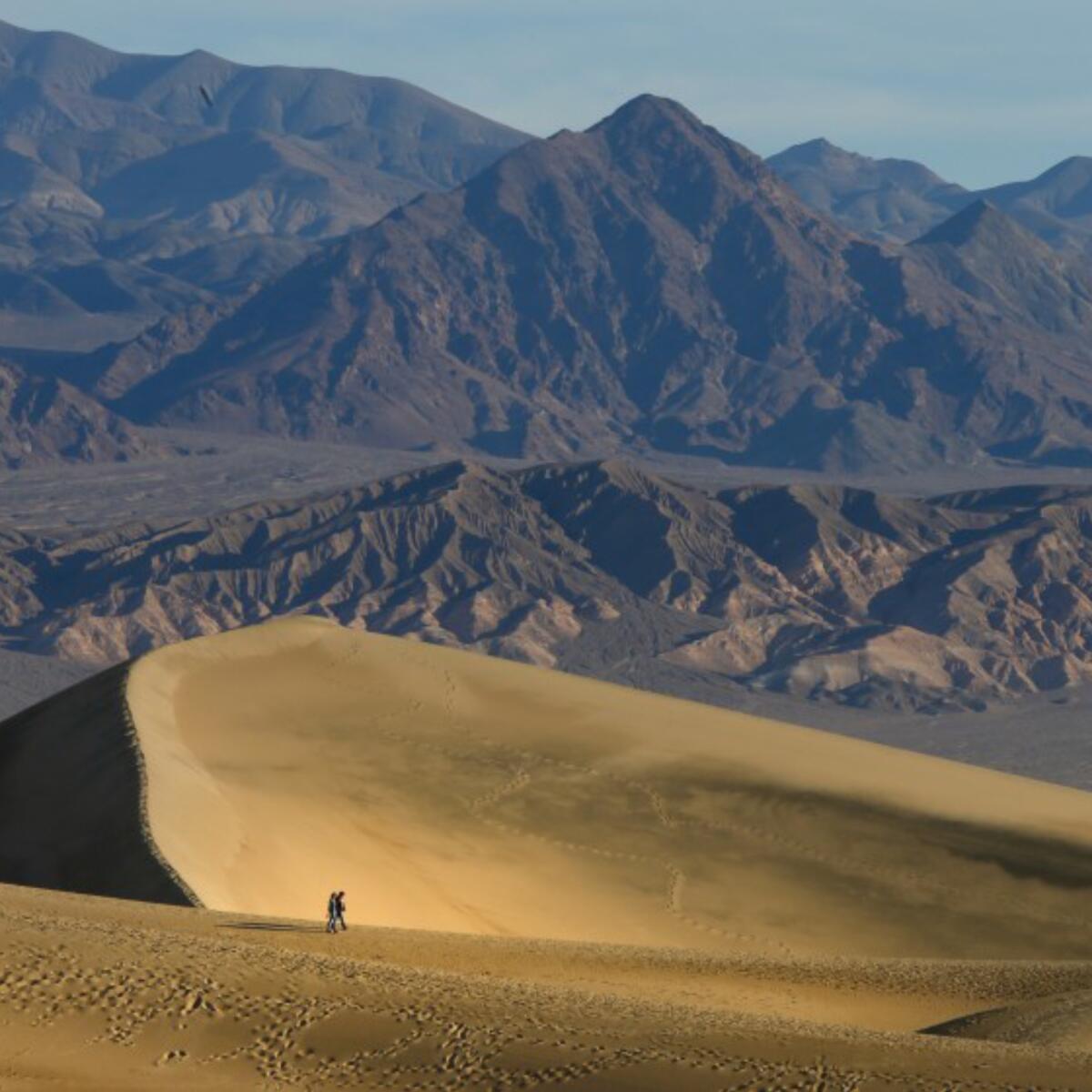
The regional stay-home order that went into effect this week in Southern California is tough for outdoor lovers. For the most part, trails and beaches at local, state and national parks remain open. That’s the good news. However, campgrounds and lodging closed Monday at popular desert spots such as Joshua Tree and Death Valley national parks to try to stop the soaring number of cases of COVID-19. The closures are temporary and will last three weeks.
California State Parks also closed developed and primitive campgrounds in affected areas, including Anza-Borrego Desert State Park north of San Diego. Eight national forests, including all in Southern California, followed suit, shutting developed campgrounds through Jan. 4. Up north, where Bay Area counties implemented the state rules preemptively, Yosemite closed campgrounds and lodging and limits day-use hours to 8 a.m. to 5 p.m. Read more about park closures here.
The must-read
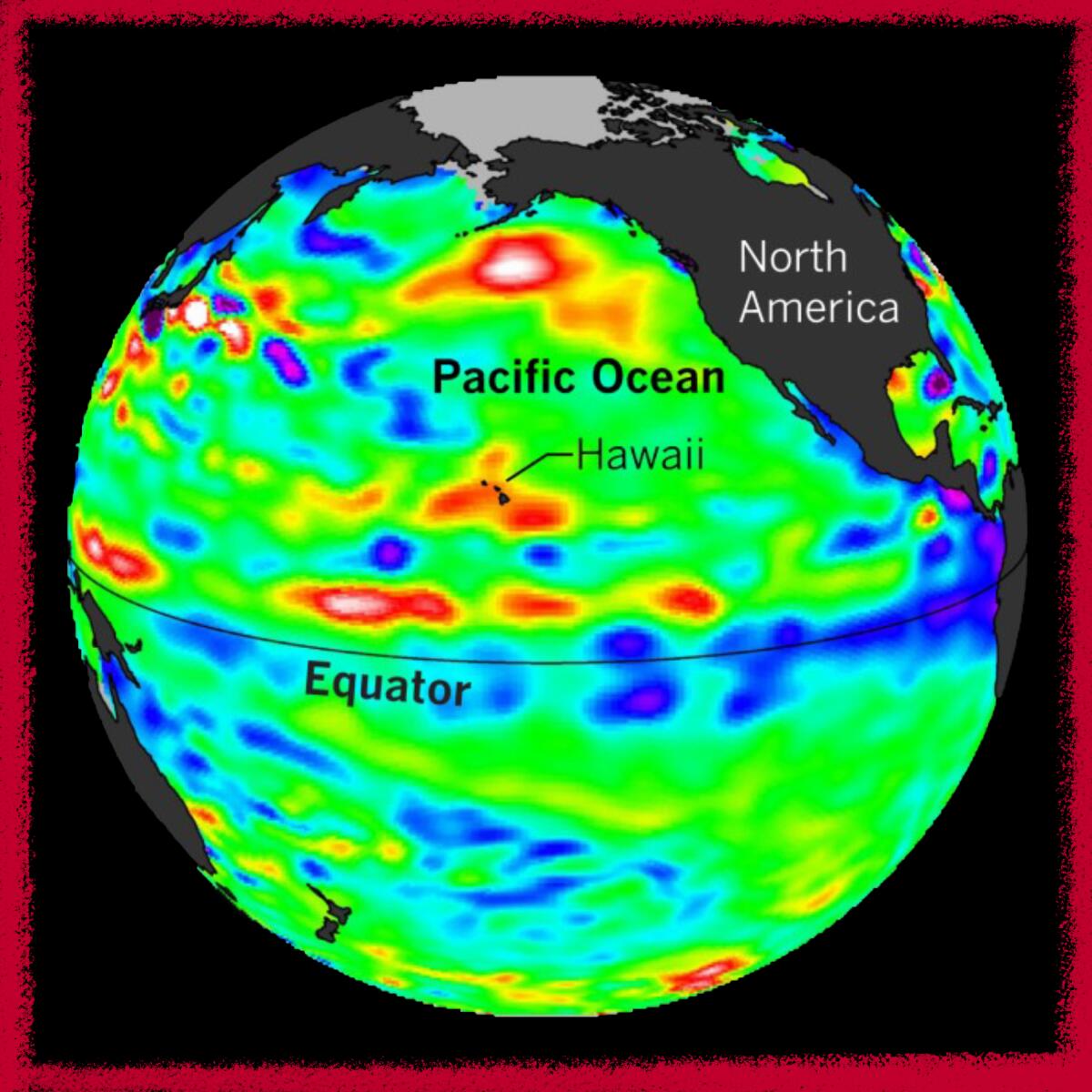
Prepare for a dry winter. Maybe. The National Oceanic and Atmospheric Administration says La Niña may be heading our way, meaning warmer, drier conditions across the southern U.S. and cooler, wetter conditions in the north. Southern California has had less rain than usual so far this season. And the dry autumn and Santa Ana winds could be signs of a summer drought. Any chance of surprise rainfall? The odds favor a drier winter forecast, “but don’t bet your mortgage on it,” one climatologist says. “Mother Nature can foil the forecasters.” Read the full story here.
Send us your thoughts
Share anything that’s on your mind. The Wild is written for you and delivered to your inbox for free. Drop us a line at TheWild@latimes.com.
Click here to view the web version of this newsletter and share with others. I’m Mary Forgione and I write The Wild. I’ve been exploring trails and open spaces in Southern California for four decades.

Sign up for The Wild
We’ll help you find the best places to hike, bike and run, as well as the perfect silent spots for meditation and yoga.
You may occasionally receive promotional content from the Los Angeles Times.




